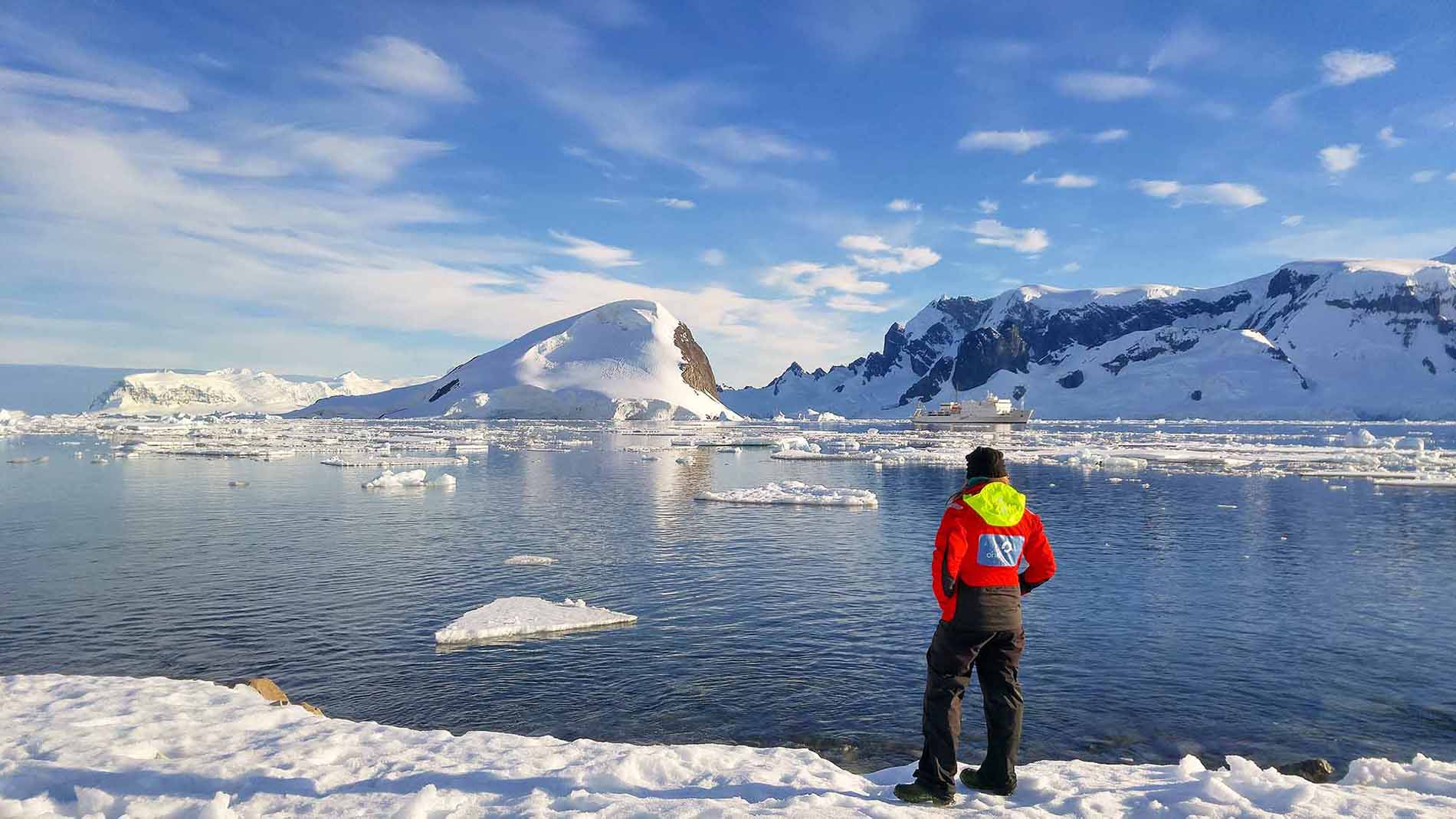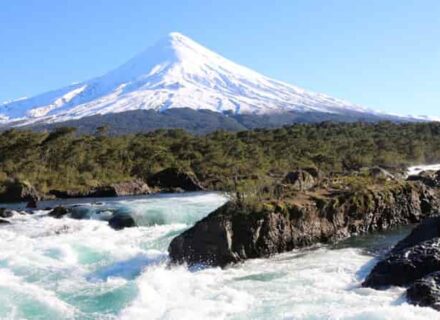Antarctica, often described as one of the last great frontiers on Earth, holds a unique allure for adventurers and travelers alike. A journey to this icy continent is not only an extraordinary experience but also a considerable financial investment. In this article, we will delve into the reasons why trips to Antarctica are so expensive, explore various costs associated with Antarctic cruises, and provide an estimation of how much you might expect to pay for such an adventure.
Why Is It So Expensive to Go to Antarctica?
Traveling to Antarctica is undeniably pricey. The costs can seem astronomical compared to conventional cruise experiences. However, various factors contribute to the expense, primarily driven by the remote location, complex logistics, and the specific regulations governing Antarctic expeditions.
- Remote Location: Antarctica is one of the most isolated places on Earth. Getting there involves significant travel and logistical planning, increasing overall costs.
- Specialized Ships: The vessels used for Antarctic cruises are specially designed and reinforced to handle icy conditions. Constructing and maintaining these ships is expensive, contributing significantly to the overall cost.
- Fuel Costs: The operational costs of running these ships can be daunting. Fuel can account for up to 50% of total operational costs. In recent years, regulations have mandated the use of lighter, cleaner fuels while navigating the Antarctic region, driving up fuel prices due to limited availability.
- Environmental Regulations: Each expedition requires detailed environmental impact assessments to ensure minimal disruption to the delicate ecosystems of Antarctica. These regulations come with their own costs, which are ultimately passed on to travelers.
- Crew Costs: Crewing a polar expedition ship can be costly. The ratio of crew members to passengers is significantly higher than on traditional cruises, leading to elevated wages for experienced crew members. Many expedition staff members must possess specialized training and experience, contributing to higher salary demands.
- Insurance: Given the challenging and often dangerous environment, insurance premiums for polar expedition vessels are significantly higher than those for ships operating in more familiar waters.
- Logistical Challenges: Provisioning for a voyage to Antarctica presents unique challenges. Since supplies cannot be replenished mid-voyage, ships must carry all necessary provisions for the entire journey, leading to increased storage requirements and costs.
In summary, while the costs of Antarctic cruises may appear steep at first glance, they are justified when considering the specialized services, logistics, and safety measures involved.
Cost of an Antarctic Cruise
The minimum cost for a classic Antarctic cruise is around $6,000 per person. However, prices can increase rapidly based on the type of cruise and level of luxury, with averages hovering around $10,000. Luxury cabins can cost up to four times this base price.
Daily Costs
Travelers should budget approximately $1,000 per person per day for an Antarctic cruise, including meals, some beverages, and most shore excursions. Basic fares often exclude critical items, such as necessary gear, which can be an added expense.
Price Estimates for Popular Itineraries
- Classic Antarctic Peninsula Cruise (10-11 days): $6,000 – $14,000
- Antarctic Air Cruise (6-8 days): $11,000 – $27,000
- Antarctic Circle Cruise (12-14 days): $8,000 – $18,000
- Falklands, South Georgia, and Antarctica Cruise (18-23 days): $12,000 – $25,000
- Weddell Sea Cruise (12-20 days): $10,000 – $30,000
- Ross Sea Cruise (25-35 days): $18,000 – $27,000
- Flights to Interior Antarctica and the South Pole (7-9 days): $50,000
What Is Typically Included?
While the specifics can vary based on the chosen itinerary and cruise line, the following items are commonly included in Antarctic travel packages:
Included in the Cost
- Accommodation with full board
- All landings and guided excursions
- A series of lectures by expert naturalists
- Loan of rubber boots for landings
- Complimentary parka jacket
Optional Extras
Some cruises offer additional experiences, such as:
- Camping in Antarctica
- Sea kayaking
- Other adventure activities like snowshoeing and photography workshops
- Reserved seating on charter flights for air-cruise options
Additional Costs Not Included
- Round-trip airfare to the port of embarkation
- Hotel accommodation before and after the trip
- Travel insurance
- Beverages
- Souvenirs
- Internet data cards
- Gratuities for the crew (approximately $15-20 per person per day)
Factors Influencing the Cost of an Antarctic Trip
When planning your Antarctic adventure, various fixed and variable costs can impact your total expenses.
Booking Timing
Antarctic cruises can be booked up to two years in advance. Early booking may offer significant discounts, typically ranging from 25% to 35% ($1,000 – $1,500) when booked at least ten months in advance. Last-minute bookings are less likely to yield discounts, and popular options may sell out quickly.
Deposit Requirements
Depending on how far in advance you book, payment terms will vary. For cruises departing within 120 days, full payment is usually required. For cruises scheduled later, a 25% deposit is typical, with the balance due 120 days before departure.
Time of Year
The Antarctic cruise season is short, and pricing can vary significantly depending on the timing of your travel. Prices are generally lower during the less popular “shoulder seasons” (November and March). Despite the lower prices, these times still offer excellent opportunities to witness the unique beauty of Antarctica.
Departure Port
Costs can vary depending on the port from which you are departing. For example, cruises departing from Ushuaia, Argentina, might be less expensive than those departing from Australia or New Zealand, due to distance and travel logistics.
Duration and Distance Traveled
The time and distance of your voyage can greatly affect the overall cost. For instance, trips that involve crossing the Drake Passage might require longer durations and additional resources, impacting your final expense.
Vessel and Cabin Selection
The type of vessel and the category of cabin you choose can significantly influence costs. Luxury cruises with added amenities will generally come at a higher price.
Travel Companions
Traveling with a group may offer discounts or more options in cabin-sharing, which could reduce costs.
Adventure Options
Many expedition cruises offer additional adventure packages such as diving, kayaking, or climbing, which can add to your overall cost.
Booking Agency
While many travelers opt to book directly through cruise operators, working with an experienced travel agency can sometimes yield better deals or packages, so research is crucial.
Clothing and Additional Expenses
Given the unique environment of Antarctica, specialized clothing is necessary. Be sure to budget for necessary gear, which may not be included in your cruise package.
Total Estimated Cost of a Trip to Antarctica
Based on the factors discussed, an average trip to Antarctica can range between $6,000 and $25,000 per person, depending on the chosen itinerary, level of comfort, and duration.
Example Cost Breakdown
- Base Cruise Cost: $10,000
- Additional Gear: $500
- Travel Insurance: $200
- Round-Trip Airfare to Ushuaia: $1,500
- Hotel Pre- and Post-Cruise: $300
- Gratuities: $200
Total Estimated Cost: $12,700
Is Price a Good Indicator of Quality for Antarctic Travel?
When evaluating cruise options to Antarctica, consider that a higher price does not always guarantee a better experience. While it’s essential to avoid the cheapest options, a mid-range price might provide adequate services without breaking the bank. Investigate cruise operators’ reputations, read reviews, and check what is included in the package to make an informed decision.
Conclusion
Traveling to Antarctica is a once-in-a-lifetime experience that comes with a significant price tag. By understanding the factors that influence costs and carefully planning your adventure, you can make the most of your investment. Whether you’re drawn by the stunning landscapes, the unique wildlife, or the thrill of exploration, a journey to Antarctica is sure to leave a lasting impression. Remember, while the financial commitment is substantial, the memories created in this extraordinary land are priceless.
As you plan your Antarctic expedition, weigh your options, conduct thorough research, and embrace the adventure that awaits you in this untouched corner of the world.



